Regional food in Spain varies enormously. In Madrid and Castile
it’s rich, hearty, and meaty, with lots of stews and beans, a porky cuisine
that bears little resemblance to the so-called “Mediterranean Diet” and results
for its harsh climate
. Catalonia’s cuisine is interesting and varied,
Mediterranean in style with some Arabic twists like sweet flavors in savory
dishes and Mar y Muntanya (surf-n-turf combination dishes including both meat
and seafood). Basque food, though, is absolutely “to die for” and is regarded
as probably the best regional cuisine in Spain and possibly one of the best in
the world – elegant, use of varied ingredients and top seafood, and inventive
combinations, French influenced but if anything more refined than French
country cuisine. Cooking is an especially important part of culture in the
Basque Country but not necessarily the preserve of highly trained professional
chefs. Bilbao is especially known for its Sociedades Gastronomicas, working
class men-only cooking and eating clubs. I could really get into that! And San
Sebastian has more Michelin stars on its restaurants per capita than anywhere
else in the world.
One of the best things about Basque cuisine is Pintxos,
little tidbits of different foods held together by toothpicks that elsewhere in
Spain are called Banderillas
. While Banderillas are not especially common as
tapas elsewhere in Spain, Pintxos are ubiquitous all over the Basque country
and also in massive quantities. The bars Basques spend so much time hanging out
in are often crowded from one end to the other with large platters of the most
visually gorgeous and exotic creations that taste even better than they look. Honestly,
in much of Spain I’ve found that tapas tend to be quite standard at most places
– tortilla, papas braves, jamon, chorizo, morcilla are on almost every tapas
offering. In the Basque Country, though, there’s a little of everything and the
complex favor pairing and combinations of foods on the pintxos are limited only
by the chefs imagination. Pintxos seem particularly baroque and elaborate in Bilbao
and San Sebastian, mixes of artichokes, peppers, vegetables, mushrooms,
preserved meats, cheese, fish, and especially mollusks and crustaceans. The
choices were often too difficult to make, forcing me to try one of everything.
Some of the best I sampled around the region included:
Atun con Escabeche y Anchoa (Marinated Tuna, Anchovy, Olive,
Pickle, Onion, Pimiento)
Pimiento con Cabrales (Battered Deep-Fried Red Pepper
stuffed with Blue Cheese)
Puff Pastry, Forest Mushrooms, Blood Sausage, Zucchini, and
Bacon
Smoked Salmon, Horseradish Cream, Shrimp, Capers, Dill
Puddim de Merluza (Hake)
Txangurro (Spider Crab)
Gullas (Baby Eels that look like spaghetti)
Bacalao con Hongos (Salt Cod with Mushrooms)
Brochette de Rape (Monkfish), Shrimp, and Bacon
Brochette de Setas y Longaniza (Chanterelle Mushrooms and
Sausage)
Artichoke, Smoked Salmon, and Goat Cheese
And my personal favorite: Puff Pastry, Sliced Duck Liver,
Baked Apple, Sherry Glaze
Well, after gorging myself nightly on all those fancy
Pintxos I usually didn’t have to eat anything else for dinner
. That’s OK since
lunch is usually a better value in Spain anyway. It’s said that the best value
is often the Menu del Dia, usually a three course set menu with a few choices
for each course. Best value maybe, but I’ve found in many tourist-focused
places in Europe the menu of the day is often not the best food. I found some fantastic
dishes, though, in Bilbao, San Sebastian, Vitoria, and Pamplona, since Basques
apparently take particular pride in serving good food, and restaurants in Bilbao
and Vitoria mostly cater to locals rather than tourists. Some of the better
dishes I had in those towns, all very flavorful, included:
Crema de Asparragos con Salmon Fume (Cream of Asparagus Soup
with Smoked Salmon)
Sopa Donostiarra (San Sebastian Style Fish and Seafood Soup)
Spaghetti con Tres Quesos y Bacon (like Carbonara but with
three Spanish cheeses – Tetilla, Idiazabal (sheep’s milk), and Cabral (blue)
Risotto con Setas (Mushrooms), Txangurro (Spider Crab),
Queso Cabrales (Blue Cheese) y dos Salsas de Espinacas (Spinach) and Tinto de
Sepia (Squid Ink)
Revuelto de Cordoniz Escabeche, Gambas, y Pimentas (Scrambled
Eggs with Marinated Quail, Shrimp, and Peppers)
Conejo Asado (Roast Rabbit with only garlic, olive oil, and
thyme)
Confit de Pato (Duck Leg confit)
Bacalao Tipo Ajuarriero con Gambas (Ahroreirro Style Salt
Cod with Shrimp)
Probably the most intriguing dish was one I didn’t order
because I had no understanding of what it was until after I had already eaten
something else
. It was only then I regretted not ordering the Cangurro con
Hongos y Salsa de Mostaza y Chocolate. The “with mushrooms and chocolate and
mustard sauce” sounds wonderfully exotic, but “Que es Cangurro?” I asked,
thinking it was likely to be a kind of crab, which is cangrejo in Spanish.
Txangurro is a particular type of crab on many menus in the Basque Country too.
But chocolate mustard sauce would be disgusting on crab, wouldn’t it? The
waitress and two young women at the next table began giggling as the waitress
tried to explain it to me. She held her hands in front of her stomach to
indicate fatness or pregnancy, jumped around strangely, and insisted it was “Carne,
no es marisco!” The laughter and big belly suggested to me it might be the
female part of some animal, maybe a fetus calve or a cow’s udder or fatty bacon
belly. Or maybe it was something that would make me fat so my belly would
jiggle around when I jumped; yeah, just what I need as I’m about to start out
on a trek!
Well, to avoid the risk of being served some kind of fatty
innards from some animal species gut, I chose the Revuelto (scrambled eggs)
dish I listed above
. The ladies who laughed at more were both served plates of
delectable looking little loins of rare meat in a fantastic looking sauce, at
which point I realized Cangurro = Kangaroo! “Cangurro es un animal Australien?”
I asked. “Si” they said as they giggled some more.
I can’t say I had too many memorable desserts in Pais Vasco,
probably because I was too full by the end of each meal to order one or for
what came with the meal to be especially notable, quite often flan or one of
the other Spanish standards. In San Sebastian, though, I tried absolutely
delicious Pastel Vasco (Basque Pastry), layers of almond cookie with almond
cream in between.
The Basque Country is not widely known outside of Spain for
its wines, but it does produce several varieties. The warmer southern province
of Alavesa around Vitoria-Gasteiz is quite close to Rioja and produces similar
wines, mostly red it seems, to the more famous region which are called Rioja Alavesa
.
The cooler and wetter coastal parts of the Basque Country produce low alcohol
whites (or maybe more appropriately called greens) similar to Portuguese Vinho
Verde and the Albarinos from Galicia. These could be dangerous – perfect for
sipping oneself into a state of oblivion on a hot day. And then, of course,
there’s also Sidra, Spanish apple cider which also packs a good alcoholic
punch.
Basque Food - One of the World's Finest Cuisines
Saturday, June 14, 2008
 San Sebastian, Spain and Canary Islands
San Sebastian, Spain and Canary Islands
Other Entries
-
1Madrid - Arrival in the Capital
Jun 068 days prior Madrid, Spain and Canary Islandsphoto_camera54videocam 0comment 0
Madrid, Spain and Canary Islandsphoto_camera54videocam 0comment 0 -
2Segovia - City of the Aqueduct and the Alcazar
Jun 077 days prior Segovia, Spain and Canary Islandsphoto_camera69videocam 0comment 0
Segovia, Spain and Canary Islandsphoto_camera69videocam 0comment 0 -
3Palacio La Granja de San Indefonso
Jun 077 days prior San Ildefonso o La Granja, Spain and Canary Islandsphoto_camera27videocam 0comment 0
San Ildefonso o La Granja, Spain and Canary Islandsphoto_camera27videocam 0comment 0 -
4El Escorial - The Monastery of San Lorenzo
Jun 086 days prior El Escorial, Spain and Canary Islandsphoto_camera20videocam 0comment 0
El Escorial, Spain and Canary Islandsphoto_camera20videocam 0comment 0 -
5Manzanares El Real - Castles & Spanish Hospitality
Jun 095 days prior Manzanares el Real, Spain and Canary Islandsphoto_camera43videocam 0comment 0
Manzanares el Real, Spain and Canary Islandsphoto_camera43videocam 0comment 0 -
6Bilbao - Industrial Hub of the Basque Country
Jun 104 days prior Bilbao, Spain and Canary Islandsphoto_camera56videocam 0comment 0
Bilbao, Spain and Canary Islandsphoto_camera56videocam 0comment 0 -
7The Bilbao Guggenheim
Jun 113 days prior Bilbao, Spain and Canary Islandsphoto_camera34videocam 0comment 0
Bilbao, Spain and Canary Islandsphoto_camera34videocam 0comment 0 -
8Vitoria-Gasteiz - The Basque Countrys Third City
Jun 122 days prior Vitoria-Gasteiz, Spain and Canary Islandsphoto_camera40videocam 0comment 0
Vitoria-Gasteiz, Spain and Canary Islandsphoto_camera40videocam 0comment 0 -
9Pamplona - Navarre's Capital Without the Bulls
Jun 131 day prior Pamplona, Spain and Canary Islandsphoto_camera41videocam 0comment 0
Pamplona, Spain and Canary Islandsphoto_camera41videocam 0comment 0 -
10Basque Food - One of the World's Finest Cuisines
Jun 14 San Sebastian, Spain and Canary Islandsphoto_camera47videocam 0comment 0
San Sebastian, Spain and Canary Islandsphoto_camera47videocam 0comment 0 -
11San Sebastian - Basque Seaside CUlinary Capital
Jun 151 day later San Sebastian, Spain and Canary Islandsphoto_camera112videocam 0comment 0
San Sebastian, Spain and Canary Islandsphoto_camera112videocam 0comment 0 -
12Signs of Basque Separatism
Jun 162 days later San Sebastian, Spain and Canary Islandsphoto_camera54videocam 0comment 0
San Sebastian, Spain and Canary Islandsphoto_camera54videocam 0comment 0 -
13Chillida-Leku Museum - San Sebastian
Jun 173 days later San Sebastián - Donostia, Spain and Canary Islandsphoto_camera32videocam 0comment 0
San Sebastián - Donostia, Spain and Canary Islandsphoto_camera32videocam 0comment 0 -
14Trek Day 1 - Irun to Vera di Bidasoa
Jun 184 days later Irun, Spain and Canary Islandsphoto_camera31videocam 0comment 0
Irun, Spain and Canary Islandsphoto_camera31videocam 0comment 0 -
15Trek Day 2 - Vera de Bidasoa to Col de Iratxko
Jun 195 days later Vera de Bidasoa, Spain and Canary Islandsphoto_camera27videocam 0comment 0
Vera de Bidasoa, Spain and Canary Islandsphoto_camera27videocam 0comment 0 -
16Trek Day 3 - Col de Iratzko to Elizondo
Jun 206 days later Elizondo, Spain and Canary Islandsphoto_camera19videocam 0comment 0
Elizondo, Spain and Canary Islandsphoto_camera19videocam 0comment 0 -
17Recovery in Elizondo
Jun 228 days later Elizondo, Spain and Canary Islandsphoto_camera26videocam 0comment 0
Elizondo, Spain and Canary Islandsphoto_camera26videocam 0comment 0 -
18Biarritz & Return to San Sebastian, June 23 - 28
Jun 2814 days later Biarritz, Francephoto_camera16videocam 0comment 0
Biarritz, Francephoto_camera16videocam 0comment 0 -
19Bayonne, France - June 29
Jun 2915 days later Bayonne, Francephoto_camera16videocam 0comment 0
Bayonne, Francephoto_camera16videocam 0comment 0 -
20Lescun, France - Second Beginning of Trek
Jun 2915 days later Lescun, Francephoto_camera19videocam 0comment 0
Lescun, Francephoto_camera19videocam 0comment 0 -
21Trek Day 1 - Lescun to Cabane de Lapassa
Jun 3016 days later Cabane de Lapassa, Francephoto_camera58videocam 0comment 0
Cabane de Lapassa, Francephoto_camera58videocam 0comment 0 -
22Trek Day 2 - Cabanne de Lapassa to Col du Somport
Jul 0117 days later Col du Somport, Francephoto_camera66videocam 0comment 0
Col du Somport, Francephoto_camera66videocam 0comment 0 -
23Trek Day 3 - Col du Somport to Refuge D'Ayous
Jul 0218 days later Refuge D'Ayous, Francephoto_camera33videocam 0comment 0
Refuge D'Ayous, Francephoto_camera33videocam 0comment 0 -
24Trek Day 4 - Refuge D'Ayous to Refuge de Pombie
Jul 0319 days later Refuge de Pombie, Francephoto_camera15videocam 0comment 0
Refuge de Pombie, Francephoto_camera15videocam 0comment 0 -
25Trek Day 5 - Refuge de Pombie to Refuge Arremoulit
Jul 0420 days later Refuge D'Arremoulit, Francephoto_camera105videocam 0comment 0
Refuge D'Arremoulit, Francephoto_camera105videocam 0comment 0 -
26Trek Day 6 - Refuge Arremoulit to Refuge Wallon
Jul 0521 days later Refuge Wallon, Francephoto_camera101videocam 0comment 0
Refuge Wallon, Francephoto_camera101videocam 0comment 0 -
27Trek Day 7 - Ref. Wallon to Ref. Oulettes de Gaube
Jul 0622 days later Refuge Oulettes de Gaube, Francephoto_camera29videocam 0comment 0
Refuge Oulettes de Gaube, Francephoto_camera29videocam 0comment 0 -
28Trek Day 8 - Oulettes de Gaube to Ref. Baysellance
Jul 0723 days later Refuge Baysellance, Francephoto_camera64videocam 0comment 0
Refuge Baysellance, Francephoto_camera64videocam 0comment 0

 San Sebastian, Spain and Canary Islands
San Sebastian, Spain and Canary Islands
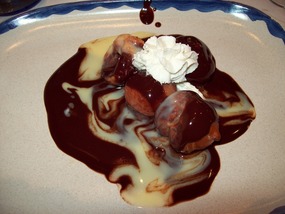
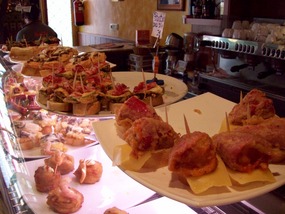
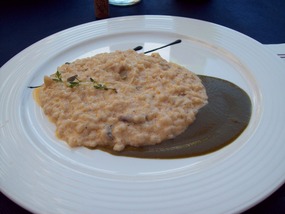

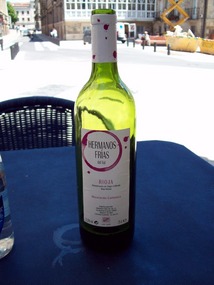


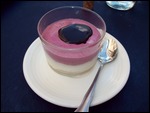
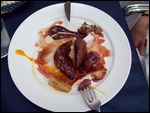
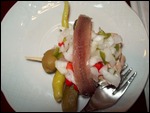
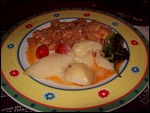
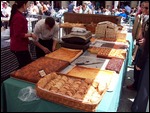
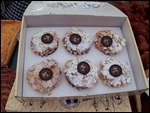
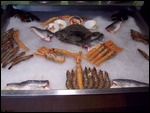
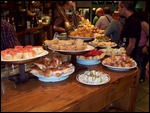
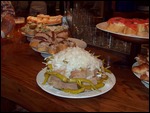
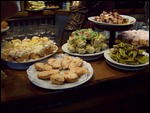
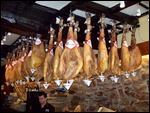
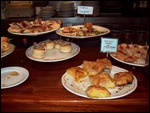
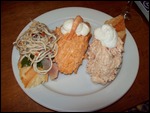
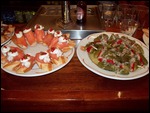
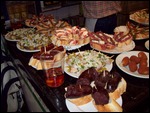
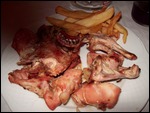
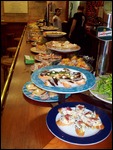
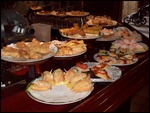
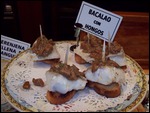
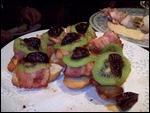
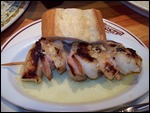
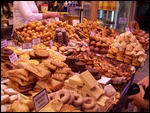

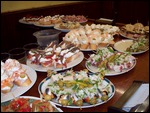

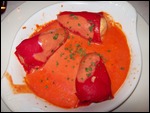
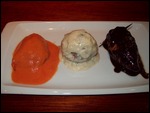
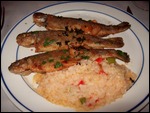
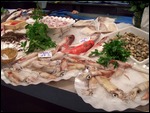

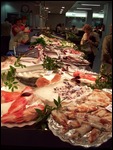
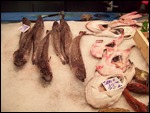
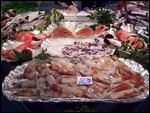
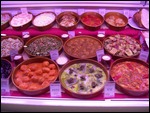
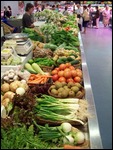
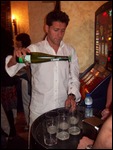
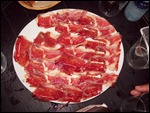
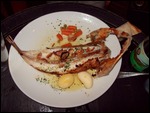
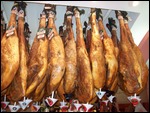
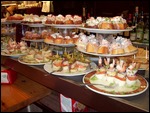
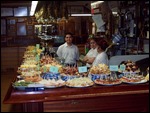
2025-05-22